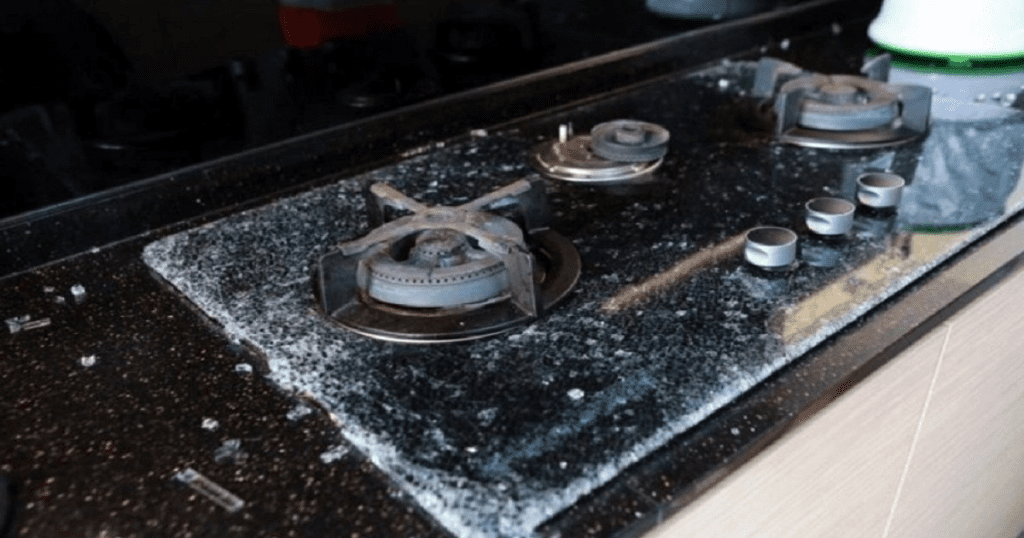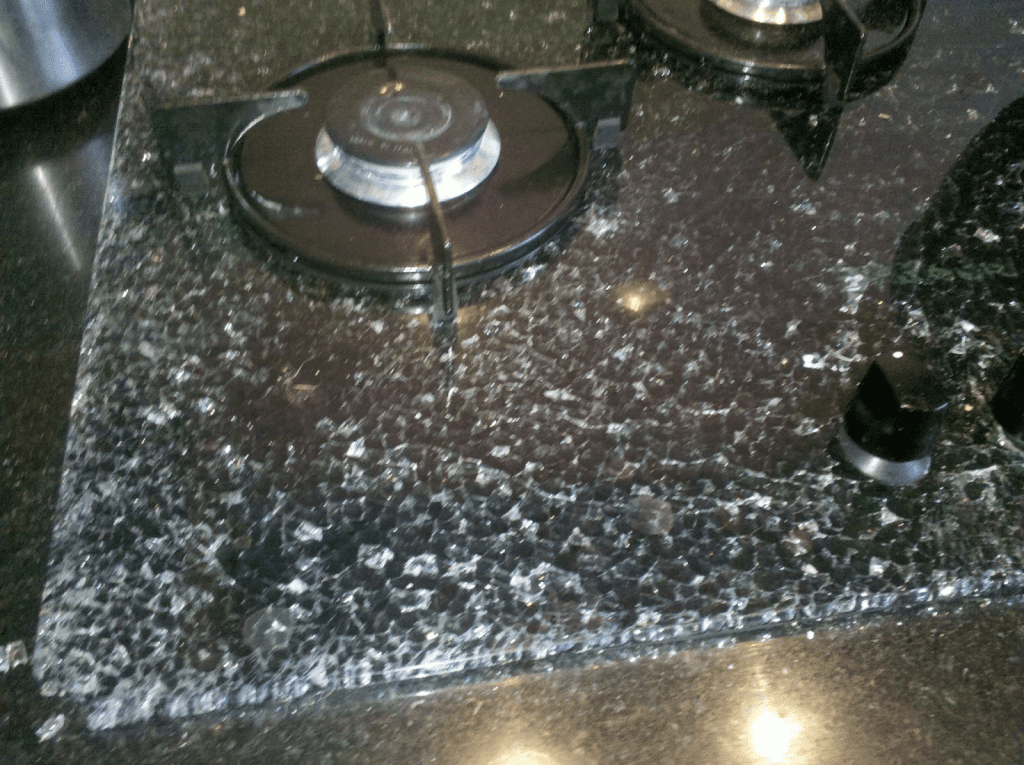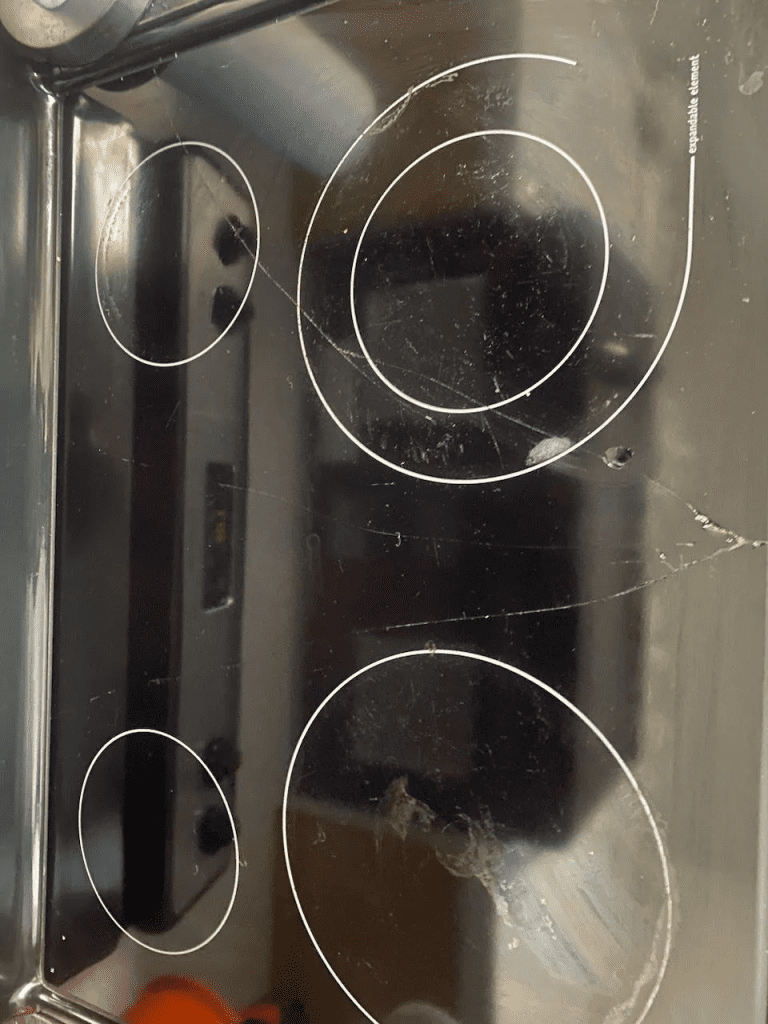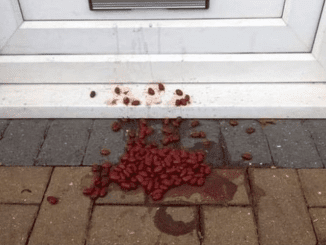In the ever-evolving world of kitchen appliances, glass top stoves have become a staple for many homeowners. These sleek and sophisticated cooktops offer a modern look and easy cleanup, making them a popular choice. However, there’s a little-known secret about glass top stoves that I wish I had known earlier – the dangers of placing hot lids facedown on the surface.

source: Photo via AsiaOne
Through my own experience, I’ve learned the hard way that this seemingly harmless action can have devastating consequences, leading to cracked and shattered glass. In this article, I’m going to share my cautionary tale and dive deep into the science behind why you should never, ever place a hot lid facedown on your glass top stove.
Glass top stoves have become a favorite among homeowners for a variety of reasons. Firstly, they provide a stunning, seamless appearance that instantly elevates the look and feel of any kitchen. Their smooth, flat surface creates a contemporary and minimalist aesthetic, making them a versatile choice that complements a wide range of kitchen designs.
Secondly, glass top stoves are renowned for their ease of cleaning. Unlike traditional coil or gas burners, the flat surface of a glass cooktop allows for quick and effortless wipe-downs, saving you time and effort in the kitchen. This makes them a particularly appealing option for busy families or those who value a tidy, organized cooking space.
While glass top stoves offer many benefits, it’s important to understand that they are inherently more fragile than their counterparts. The smooth, tempered glass surface may appear sturdy, but it’s susceptible to cracking and shattering under certain conditions.
One of the primary culprits behind this fragility is the rapid change in temperature. Glass, by its very nature, is prone to stress and strain when exposed to drastic temperature fluctuations. This is where the danger of placing hot lids facedown on the cooktop comes into play.
When you place a hot lid facedown on your glass top stove, something insidious happens. The heat from the lid becomes trapped in the small space between the lid and the glass surface, creating a vacuum seal. This vacuum seal is the root cause of the problem.

As the trapped heat tries to escape and the glass cooktop begins to cool down, the pressure difference becomes too much for the glass to handle. The sudden change in temperature and pressure causes the glass to crack and shatter, often in a dramatic, spiderweb-like pattern.
It’s important to note that this phenomenon is not just about the direct contact between the hot lid and the glass. The vacuum seal created by the trapped heat is the real culprit, putting the integrity of the glass surface at risk.
The consequences of a cracked or shattered glass stovetop go beyond the aesthetic. When the glass surface is compromised, it poses a serious safety hazard to both you and your family.
Imagine the scenario where the vacuum seal causes the glass to shatter while you’re cooking. Hot shards of glass could go flying, putting you at risk of severe burns or other injuries. This is a nightmare scenario that no one wants to experience in their kitchen.

Moreover, a cracked glass cooktop can be incredibly difficult and expensive to repair. Depending on the extent of the damage, you may even need to replace the entire stovetop, which can be a significant investment.
The good news is that there are simple steps you can take to prevent the heartbreak of a cracked or shattered glass top stove. The key is to be mindful of the temperature changes and avoid placing hot lids facedown on the surface.
Instead, always use a heat-resistant trivet or a cool, flat surface to rest your hot lids on. This will help maintain the temperature difference and prevent the formation of the dreaded vacuum seal.
Additionally, be cautious when moving pots and pans around on the cooktop. Sudden impacts or heavy objects can also put stress on the glass and lead to cracks.

Glass top stoves are undoubtedly a beautiful and practical addition to any kitchen, but they do come with their own unique set of challenges. By understanding the science behind the fragility of the glass surface and taking the necessary precautions, you can avoid the heartbreak of a cracked or shattered cooktop.
Remember, it’s always better to be safe than sorry when it comes to your kitchen appliances. So, the next time you’re tempted to place a hot lid facedown on your glass top stove, think twice and reach for a trivet instead. Your kitchen (and your wallet) will thank you.


